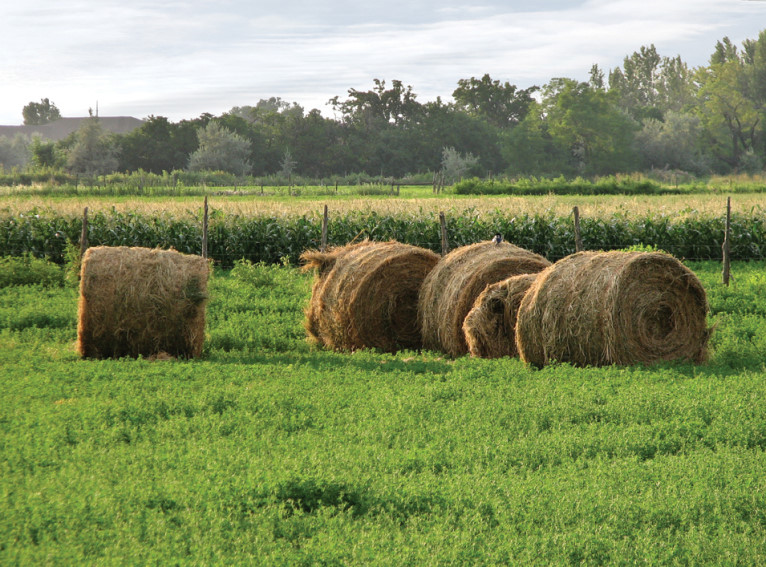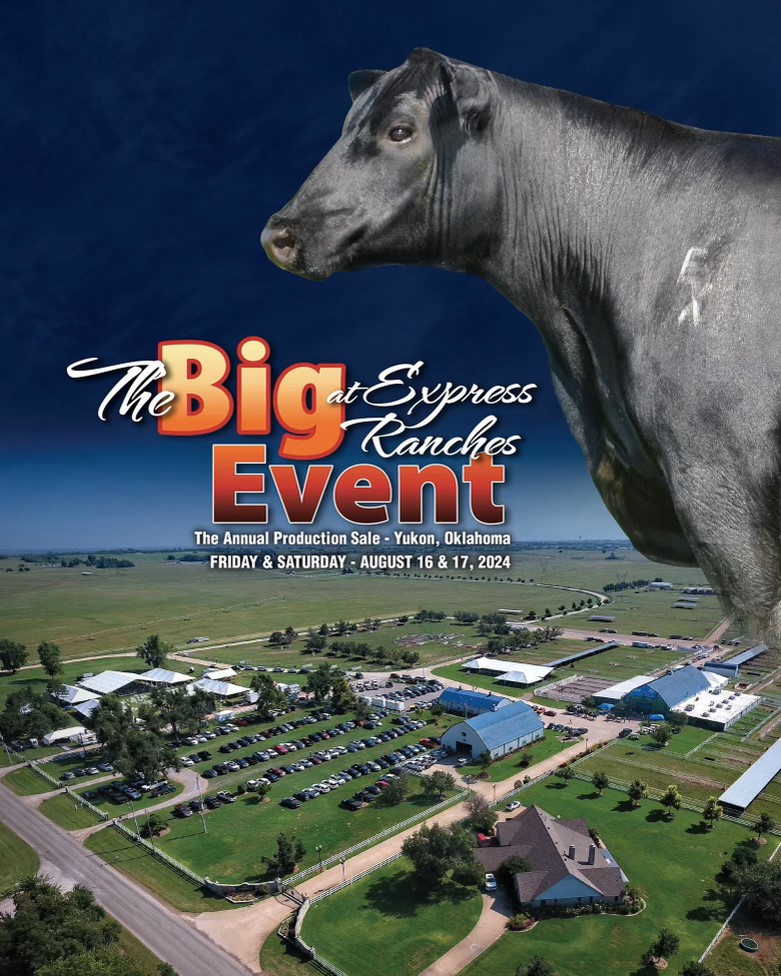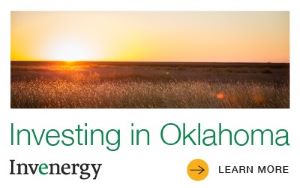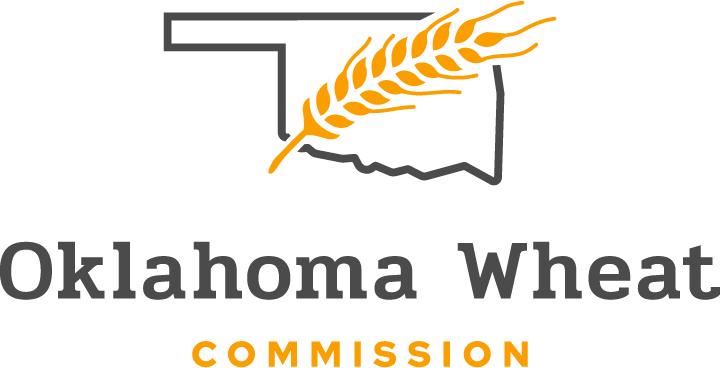
Agricultural News
Ranchers Need To Avoid Nitrate Toxicity During First Winter Storms
Mon, 21 Nov 2011 10:44:23 CST
 Almost as predictable as the coming of the winter season, will be the quickly spread horror story of the death of several cows from a herd that was fed "the good hay" for the first time after a snow storm. According to Dr. Glenn Selk, Oklahoma State University Emeritus Extension Animal Scientist, ranchers that have purchased or harvested and stored potentially high nitrate forages such as forage sorghums, millets, sudangrass hybrids, and/or johnsongrass, need to be aware (not fearful) of the increased possibility of nitrate toxicity.
Almost as predictable as the coming of the winter season, will be the quickly spread horror story of the death of several cows from a herd that was fed "the good hay" for the first time after a snow storm. According to Dr. Glenn Selk, Oklahoma State University Emeritus Extension Animal Scientist, ranchers that have purchased or harvested and stored potentially high nitrate forages such as forage sorghums, millets, sudangrass hybrids, and/or johnsongrass, need to be aware (not fearful) of the increased possibility of nitrate toxicity.
This is especially dangerous if the cows are fed this hay for the first time after a strong winter storm. Cattle can adapt (to a limited amount) to nitrate intake over time. However, cattlemen often will feed the higher quality forage sorghum type hays during a stressful, cold, wet winter storm. Cows may be especially hungry, because they have not gone out in the pasture grazing during the storm. They may be stressed and slightly weakened by the cold, wet conditions. This combination of events make them even more vulnerable to nitrate toxicity.
The rancher is correct in trying to make available a higher quality forage during severe winter weather in an effort to lessen the loss of body weight and body condition due to the effect of the wind chill. But if the forage he provides to the cows is potentially toxic, his best intentions can back fire.
The best approach would be to know ahead of time the concentration of nitrate in the hay. Contact your local County OSU Extension office about hay sampling details. The OSU Soil, Water, and Forage Analytical Lab can test the hay for nitrate content. If the producer is confident that the hay is very low in nitrate content then use of the hay should be safe. If the nitrate content is unknown, then precautions should be taken. Feeding small amounts of the hay along with other grass hays during the fall and early winter days can help to "adapt" the cattle to the potential of nitrate. This is not a fool-proof concept. If the hay is quite high in nitrate, it can still be quite dangerous. Diluting the high nitrate feed with other feeds can reduce the likelihood of problems.
Observing cattle repeatedly for 8 to 12 hours after first feeding of the hay would be advised. If nitrate symptoms such as labored breathing, lack of coordination, and going down are observed, remove the cattle from the hay and call your veterinarian immediately.
Our thanks to Dr. Glenn Selk for providing this article over the nitrate toxicity in forages being fed to cattle. This article was part of the Cow-Calf Corner Newsletter that is sent out by Dr. Selk and Dr. Derrell Peel on most Mondays.
WebReadyTM Powered by WireReady® NSI
Top Agricultural News
More Headlines...




















